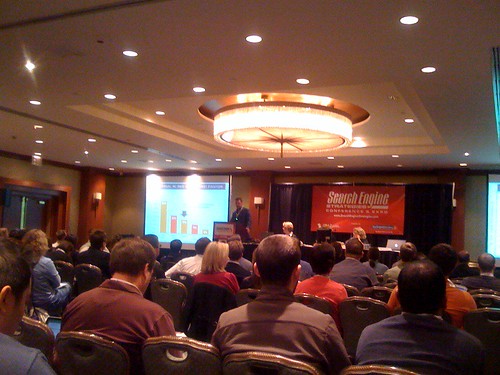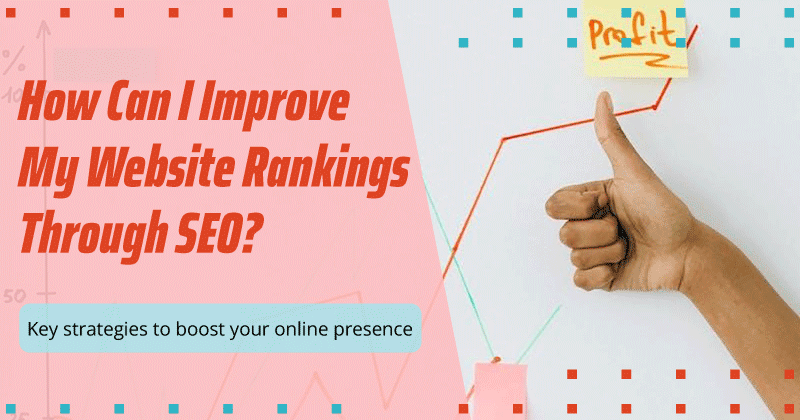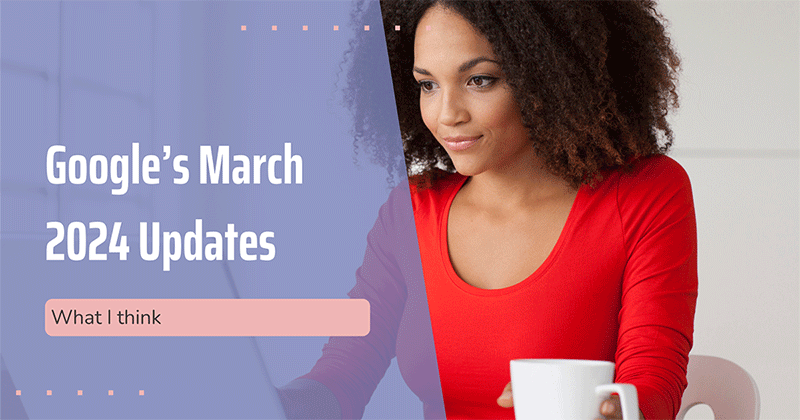Eye Tracking Research Update
Moderator:
Anne F. Kennedy, SES Advisory Board, Founder & MP, Beyond Ink, FP & CMO, Joblr.net
Speakers:
Shari Thurow, Founder & SEO Director, Omni Marketing Interactive
Jeremi Karnell, Co-Founder & President, One to One Interactive
Susan Weinschenk, Chief of User Experience Strategy, Human Factors International
Ahh. One of Susan’s favorite subjects. Shari Thurow is up first.
Keyword > search results > landing page = scent of information
There are 3 types of searcher behaviors: navigational, informational and transactional. Informational is the most common and transactional is the least common. Images that are placed next to text content influence eye movements during a reading task. They found significant influences, on fixation placement and duration.
Sometimes, information scent should be textual. When a person is looking for a quick fact, they want text and they want it highlighted, especially on a news site. Sitelinks in Google are a strong indicator that it’s a navigational query.
Eye Tracking
It reveals how the eye moves during the scanning and reading processes. It provides quantitative data about a participant’s cognitive processes. It can show where people spend their time looking, the sequence in which people look at things on a page, what they don’t look at, and how people separate information on the screen.
With peripheral vision, people can choose what to give attention to and what to screen out. Big things like navigational elements and other things they recognize. Users tend to ignore big images that look like ads.
In general, independent of the task they are engaged in, there seems to be a common orientation phase. It also occurs in search results pages. On a blended search page, the first someone looks is under the search bar, then to colors and images of people. Matching search listings and corresponding landing pages with searcher goals — that’s why we should care. People must see/perceive a link before they will click on it.
Pogo-sticking I jumping up and down and back forth in a hierarchy. A user might be looking at something, and you might think they’re looking because they’re interested, but they’re actually confused. That’s something that eye tracking won’t tell you.
For informational tasks, people looked at the same number of lower-ranked results as they did for navigational tasks, but they clicked much less frequently on them. Sometimes people only click on a link just because it’s there. For navigational queries, people rarely look past the third result.
When similarity occurs, an object can be emphasized if it is dissimilar to others. This is called an anomaly.
Before you implement eye-tracking studies, it’s important to understand your searcher’s intention — navigational, informational, transactional.
Next it’s Jeremy. He asks the audience if they recognize the fleur de lis image. He gives a number of connotations to it, like the Saints and family crests. Images can hold a number of meanings. You’re going to have a reaction to symbols and imagery and this has been a meaningful part of human existence since cave paintings. As a society we’ve used images to convey everything we’ve wanted to with meaning.
It took Google a decade to go from text-only SERPs to SERPs with images, videos, audio and a mix of media. His company studied:
- The impact on users with the advent of multimedia embedded in SERPs.
- Assess the impact Universal Search will have
- Identify potential impact on SEM campaigns
- Gather preliminary data for a larger study
They created 4 SERPs permutations: natural only, natural and paid, universal, universal with paid. Then they did eye-tracking and recorded physiological data and then surveyed the testees with the Geneva emotion wheel. Finally they asked them which link they’d click on first and second.
They found video links got more clicks than second natural link. Image links received more first fixation than the multi-links and the second natural links.
With text only, users did the normal F pattern. The golden triangle eye pattern was the result on Universal SERPs. Universal with paid and Universal only had a significantly higher level of user engagement. The engagement scores are tied back to images, symbols and graphics that have more meaning to them than text does.
Creating a holistic strategy which considers all search interactions will provide competitive advantage and drive more engaged visitors through your SEM activities. Start to think about how your current digital assets can be leveraged to gain additional reach with search engines.
Susan takes the podium next and will talk about 7 traps to avoid. 40 million signals are going to your brain at any given moment, and yet you’re only aware of 40, so most of the processing is unconscious. What measures can we use to get at this unconscious processing? Eye-tracking comes in here.
The new brain is the conscious part. The mid brain (emotions and a lot of visual info) and old brain (constantly scanning the environment saying “Can I eat it? Can I have sex with it? Can it hurt me?”) are unconscious. So how do we get to the mid and old brain?
Trap 1: Underestimating the effect of what you ask people to do on where they look.
Research shows that instructions you give a viewer will change the way they look, the pattern itself is different.
Trap 2: Assuming that where people are looking is what they’re paying attention to. Research shows that people use the peripheral part of their vision to get the gist of what they’re looking at. Eye tracking won’t give you that data — just tracks the central vision.
Trap 3: Underestimating the effects of your protocol, or how you run the study. You don’t want the participant too close or too far, for instance.
Trap 4: Underestimating the time needed to analyze the data. The raw data you get from an eye-tracking study is paralyzing.
Trap 5: Underestimating the time and cost to do the study
Trap 6: Overwhelming people with the data
Trap 7: Neglecting to draw useful, meaningful decisions and actions from the study

2 Replies to “Eye Tracking Research Update”
Hi there-
Sitelinks (on Google) are a strong indication that the query is a NAVIGATIONAL query.
:-)
-Shari
LEAVE A REPLY










